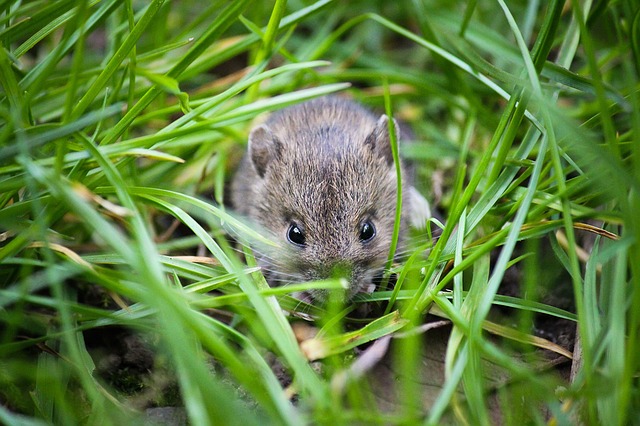We all know what a mouse looks like. They’re the tiny little mammals with long tails and big eyes. However, there are several types of mice in the UK.
You can find mice wherever you go in the world, because they literally live on every continent. And even though the song about ‘Three Blind Mice’ is actually pretty accurate (mice can’t see very well at all), their remaining sense are fantastic.
Mice are some of the most adaptive pests around. As long as they feel safe and are close to a food source, they will most definitely want to stick around for the long haul. In the UK, there’s a couple of different mice species you might recognise. Not all of them are considered to be pests, but here are three of the most common that can do a lot of damage if mice infest your home or business.
The Field Mouse
The field mouse is a type of mouse in the UK that poses a huge threat to businesses, especially in the farming and agriculture industry. If you have a lot of food, furniture or other things stored, when the winter comes mice will love to infest this storage. The field mouse is also known as the wood mouse.
Let’s look at the defining features of a field mouse. They are super tiny, around 8 cm in length (with their tails as the same length as their body). Field mice are a sandy, orange colour, with yellowish fur and white on their belly.
Field mice can breed pretty much all year round, and only have a few months off in the winter. It normally takes a female field mice around 25 days to birth her babies.
The House Mouse
The house mouse is active all year round. These types of mice in the UK can become a problem for you at any point of the year, and infest your home very quickly. The average house mouse if around 7cm in length, with a tail that’s as long as their body. You can distinguish them from a rat because they are smaller, with larger eyes and ears.
In each litter of house mice, there can be from 4-16 of them. They have around 7-8 litters a year, with a pregnancy that lasts 3 weeks. This means a house mouse infestation can become out of control incredibly quickly.
How To Tell The Difference Between These Two Types Of Mice In The UK
House and field mice look incredibly similar. But you can tell the difference if you know what to look out for.
- House mice don’t have colour separation at the bottom of their body;
- A house mouse is mostly grey;
- Field mice have tails that are two different colours;
- These mice burrow under plants;
- Field mice have white bellies;
- House mice carry different diseases from field mice.
Having either of these mice infesting your home or business can end up in extensive damage and health problems for you and your family. To stop this hazard happening, call in a professional mice exterminator like Empire to help you with your mouse infestation.
The Yellow Necked Field Mouse
The yellow necked field mouse is seen a major threat to people who live in rural areas of the UK. Known for chewing through wiring, this mouse poses a serious fire risk to home and business owners.
You can tell the yellow necked field mouse because, you guessed it, they have a yellow neck. Whilst the rest of their fur is brown, they have white on their underside and a yellow collar.
How To Deal With A Mouse Infestation
The first thing you need to look at when you know you have a mouse infestation is what level the infestation is at. You need to know how many mice you have on your property before you can do any sort of extermination or DIY pest control.
If you want to properly eradicate any type of mouse problem and guarantee results, you should book in a mouse control treatment with a licensed, professional pest controller, because they have the experience and expertise to do the job properly. Contacting your local pest controller makes sure your infestation is handled in the most efficient and effective way possible.
You can keep mice away from your home by using a few of these handy tips:
- Store your food in containers that have sealed lids and are made of metal, glass or plastic;
- Make sure your bins are emptied on a regular basis, and have a properly fitting lid that is cleaned regularly;
- Look around your home for possible mouse entry points and seal them securely;
- Use snap traps or glue traps to deal with the odd mouse on your property. Remember to place them properly to keep pets and children safe;
- Use baits effectively to trap any mice on your property. Mice are super intelligent, so you need to have great knowledge of their habits and behaviour in order to use baits properly.







Leave a Reply